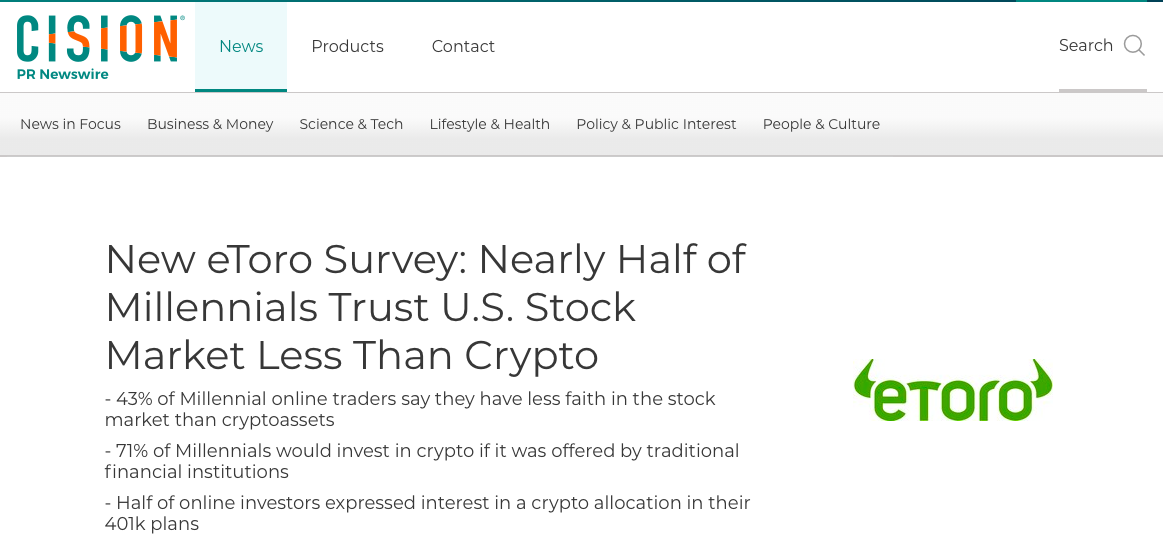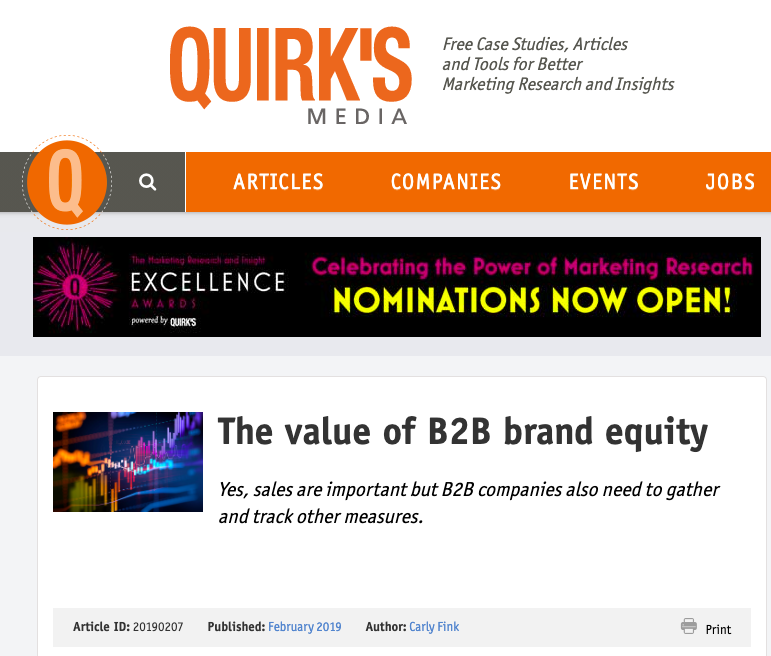Writing a survey can be tricky. The way in which you phrase a survey question can influence your data. If you write the questionnaire wrong, your data will end up being skewed. A poorly phrased question or too can turn into a real problem for your results. In order to avoid biasing your research, watch out for the following common missteps:
1. Be clear.
It is very important that a survey is written in a clear and concise manner. Uncomplicated language should be used in a survey to avoid confusing respondents. Avoid technical terms and jargon, instead, make questions as easily understood as possible. It is important to provide adequate definitions and examples where needed throughout your survey.
2. Keep the survey accurate.
A common pitfall on in survey writing can be as simple as asking a question about the respondent’s age. If asking respondents their age and categorizing it, make sure you correctly group the ages. For example, 25-30 and 30-35, this will confuse respondents who are 30 years old as they will not know which group to select and it will also hinder analysis.
3. Ensure your questions are not leading.
Leading questions may influence responses by containing wording that may have an effect on respondents. These questions can work their way into your survey without you realizing as they are hard to catch. For example, asking “how expensive is this product?” will immediately lead the respondent to believe that the product is costly. The survey should aim to be unbiased and ask, “what is the price of the product?”.
4. Avoid loaded questions.
A loaded question in survey writing can force a respondent to answer a question without it reflecting their option or situation. For example, instead of asking “do you enjoy watching sports?”, yes or no. Ask “do you watch sports?” and then ask those who do watch sports, “what is your favorite sport to watch?”. The respondent might have never watched sports before and therefore not know the answer to the previous question. Asking the question in this way will provide much more accurate, detailed data which will be easier to analyze.
5. Refrain from incorporating double-barreled questions.
It is impossible to collect precise data from a double-barreled question. An example of a double-barreled question is asking if a concept is interesting and effective. This does not give respondents the option to give an answer to both questions. They may find the concept interesting but not effective but have no way of responding with the correct information.
6. Do not ask questions in absolute terms.
Absolute questions are questions that force a respondent to give an absolute answer. These questions are not flexible. Respondents cannot provide useful information if they answer an absolute. An example of an absolute question would be “Do you play sports? yes or no. With this question, someone who plays sports twice a year has to answer yes along with the people who play sports everyday. In order to get a more detailed answer and provide clearer data for the researcher, ask the respondent how many times a week/month they play sports.
Although these errors seem obvious, it is very common for them to appear in surveys. It is essential to keep these six common missteps in mind when writing your survey.
The main goal of every survey is to collect useful information that is both accurate and easy to analyze, however, if one of these mistakes makes its way into your survey it could bias or damage your data and make it impossible to interpret. It’s vital to your results to follow these rules. Just a little question bias could ruin the survey responses and turn your results into a nightmare. Don’t let it happen by following these easy steps.
Want to Learn More About Market Research? Here are some blog posts to check out!
- What Questions Should You Ask a Market Research Company
- Types Of Market Research Every Advertiser Should Know
- What is Advertising Research?
- Why Primary Research is Necessary When Launching a Brand
Sign up for our newsletters here!












